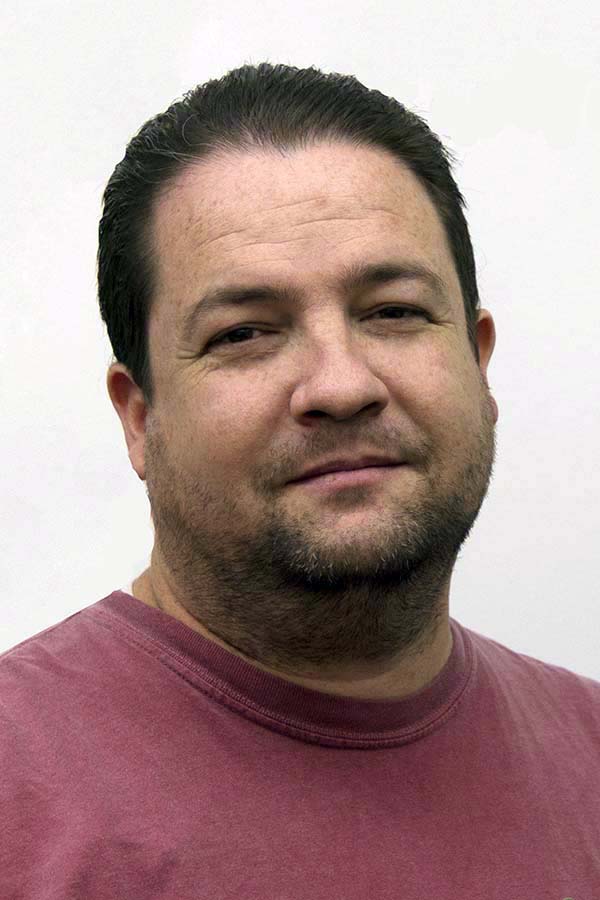You’re accessing archived content
This is archived content from the UIT website. Information may be outdated, and links may no longer function. Please contact stratcomm@it.utah.edu if you have any questions about archived content.
CHPC gives old hospital servers new life again

Brian Haymore,
senior IT architect, CHPC
When the University Hospital decided to retire a number of old server machines, Downtown Data Center (DDC) staff alerted Center for High Performance Computing staff, who immediately jumped at the chance to obtain the hardware.
CHPC, which deploys and operates high performance computational resources for the U’s research community, is always in need of more “nodes” – servers that can be pooled together to use for high performance computing jobs that require a large quantity of CPUs and memory.
Typically, CHPC’s users will indicate the number of CPUs and amount of memory they need for a specific job to run, and then queue the job into the system where it will be scheduled to run on appropriate resources.
“There is rarely, if ever, a time that more CPU cycles would not help,” said Brian Haymore, senior IT architect for CHPC. “The amount of resources our users could use always seems to scale up faster than we are able to add additional resources.”
The machines the hospital was decommissioning still had a good life cycle remaining, so CHPC acquired them with the intent of adding the nodes to one of its high performance computing clusters.
After disk scrubbing the machines, which involves following the NIST media sanitation guidelines and securely wiping the data so it can no longer be read or accessed, CHPC now has 88 additional nodes in working order. Each of these “new” nodes have anywhere from eight to twelve CPU cores, and 48GB to 96GB of RAM.
“While these nodes are not the latest and greatest, they still help us serve the greater community,” said Haymore. “These added cycles make a clear difference in getting jobs through the batch system.”
When departments are considering acquiring old equipment, Haymore encourages weighing all the factors and determining if it’s worth it. Is the equipment out of warranty and support? What is the energy efficiency? How many resources are needed to support the equipment?
“If those concerns check out, then this is a valuable option to keep open,” said Haymore. “The value possibility of gear that one group is done with may have enough value, still, for another group.”
“CHPC greatly appreciates the excellent working relationship we have with all the DDC staff,” added Tom Cheatham, CHPC director. “In particular, thanks to David Coon for helping shepherd the equipment redistribution.”
Node 4
Our monthly newsletter includes news from UIT and other campus/ University of Utah Health IT organizations, features about UIT employees, IT governance news, and various announcements and updates.
